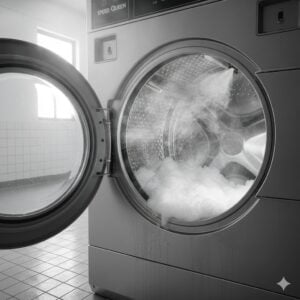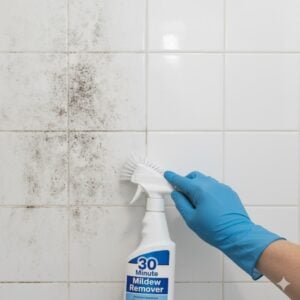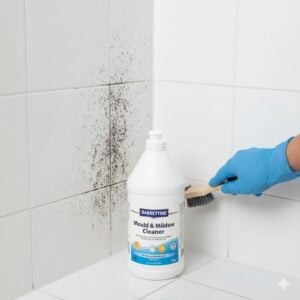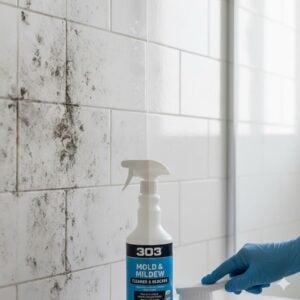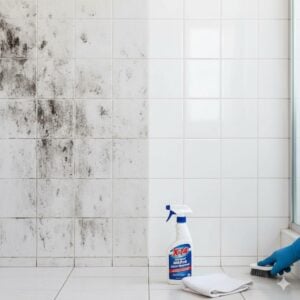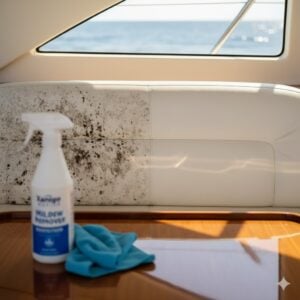If you run or manage an industrial facility in the UAE, you know how fast bad smells can build up. Whether it’s from food processing, chemical storage, grease buildup, or stagnant waste—industrial odors aren’t just unpleasant. They affect your workers, customers, compliance status, and overall safety. And in the UAE’s heat, those smells only get worse. That’s where the need for a reliable odor eliminator industrial solution comes in.
In this guide, we’ll walk you through what these powerful products are, where they’re used, how they work, and how you can eliminate tough odors permanently—not just mask them. As a professional team serving businesses across Dubai, Abu Dhabi, and beyond, we’ve helped many clients freshen up their facilities the right way. If you’re dealing with smell issues that just won’t go away, you’re in the right place.
Table of Contents
Toggle1. What Is an Industrial Odor Eliminator?
When we talk about “industrial” odor eliminators, we’re not referring to the stuff you buy at a supermarket. These are high-performance, commercial-grade solutions designed specifically for tough environments—think factories, food production areas, warehouses, chemical storage zones, or large commercial kitchens. They tackle odors at their source, not just on the surface.
Industrial odor eliminators come in various forms. Some are enzyme-based cleaners that break down the organic matter causing the smell. Others use oxidizing agents that chemically neutralize odor molecules. There are also natural options like activated charcoal filters for air systems, and high-end devices like ozone generators and thermal fogging machines that spread deodorizers throughout a large space.
The goal of any industrial-grade deodorizer is simple: neutralize persistent, often hazardous smells quickly and safely—without disrupting your operations. These solutions are especially important in the UAE, where extreme heat accelerates the breakdown of organic waste and intensifies air pollution within enclosed industrial spaces.
When selecting an odor eliminator for industrial use, it’s also crucial to understand the type of smell you’re dealing with. Is it biological (food waste, sewage, dead rodents), chemical (paint, gasoline, solvents), or environmental (mold, humidity, stagnant air)? The right solution depends on identifying the correct source and matching it with the proper treatment.
2. Where Industrial Odors Are Most Common
Not every building faces odor problems—but when it comes to industrial and commercial settings in the UAE, the risk is much higher. High temperatures, humidity, and enclosed environments create the perfect conditions for bad smells to form and linger. Let’s break down some of the most common places where industrial odors become an issue:

- Food production kitchens: Large-scale cooking releases grease, smoke, and organic waste into the air and drains. If not cleaned properly, it can smell like spoiled food or burning oil very quickly.
- Waste rooms and garbage collection points: Common in hotels, malls, and apartment blocks. These areas often hold organic waste for hours or days before pickup, causing strong decomposition odors.
- Factories and workshops: Depending on the product being made, chemical or metallic smells may dominate. These can linger in machines, ducts, or storage rooms.
- Water tanks and sewage areas: Leaky pipes or stagnant water can lead to sulfur-like smells that spread through the building if left untreated.
- Chemical storage zones: Especially in maintenance or cleaning supply areas, concentrated fumes can be both dangerous and unpleasant if ventilation is poor.
In many of these spaces, the source of the odor isn’t always visible. That’s why regular cleaning might not solve the problem. A proper inspection is often needed to track it down—and eliminate it completely using the right industrial tools.
3. How Professional Odor Elimination Works
If you’ve tried sprays, air fresheners, or even deep cleaning but the smell keeps coming back—it’s time to understand how professional odor control actually works. The process involves more than just spraying chemicals into the air. It’s about identifying the source, treating the cause, and ensuring the smell doesn’t return. Here’s how we typically handle it:
Step 1: Inspection and Odor Source Detection
Our team begins by identifying where the odor is coming from. We use moisture meters, air quality tools, and visual inspection to check ducts, drains, ceilings, and floors—especially in older buildings or those with heavy machinery.
Step 2: Choosing the Right Treatment Method
Not all odors need the same fix. For organic odors (like food or animal waste), we may use enzyme cleaners. For chemical smells, oxidizing fogs or ozone machines work better. We also use thermal fogging or air scrubbers in enclosed spaces to circulate treatment effectively.
Step 3: Application and Containment
We apply the chosen method safely, ensuring no disruption to your operations. If fogging or ozone is used, the area may need to be cleared for a few hours to ensure safety. During this step, we also address hidden odor traps like AC vents, wall cavities, or underfloor spaces.
Step 4: Final Air Quality Check
Once the odor is treated, we run tests to make sure the air is safe and fresh. We also leave recommendations, like adding dehumidifiers or fixing hidden leaks, to prevent the smell from returning.
This process ensures not just temporary relief, but a long-term fix—something you don’t get from DIY methods or consumer-grade products. Below is a helpful diagram showing where odors commonly build up in industrial facilities:
4. Choosing the Right Odor Eliminator Product
With so many options on the market, choosing the right industrial odor eliminator might feel overwhelming. But it really comes down to matching the type of odor with the right product and application method. Using the wrong one can not only waste time but sometimes make the smell worse or pose a health risk.
Here are some of the main types of products and when they’re used:
- Enzyme Cleaners: Ideal for organic odors—like food waste, urine, vomit, or decomposing material. The enzymes break down the organic matter that causes the smell.
- Oxidizing Agents: Used in chemical-heavy environments. These agents neutralize odor particles on a molecular level, making them perfect for paint shops or warehouses.
- Activated Carbon Filters: Often installed in HVAC systems. They trap odor particles in the air, useful for continuous odor control in enclosed spaces.
- Ozone Generators: Powerful tools that kill bacteria and neutralize strong smells like smoke or decay. Must be used in unoccupied spaces for safety.
- Foggers & Misters: Great for reaching tight spots like ceilings or under machinery. These are used after initial cleaning to spread deodorizing mist evenly.
When in doubt, it’s best to let professionals assess your space. We’ve seen cases where the wrong product not only failed but corroded equipment or triggered health complaints. Don’t take that risk—get it done right the first time.
5. Pricing and Professional Service Options in UAE
So how much does industrial odor removal cost? It depends on several factors, such as the size of the area, the severity of the smell, and whether specialized tools (like ozone machines) are needed. Here’s a general idea to help you plan:
| Area Size | Estimated Price Range (AED) |
|---|---|
| Small spaces (e.g. kitchen, storage room) | 300 – 800 AED |
| Medium industrial areas (e.g. workshops) | 800 – 1,800 AED |
| Large factories or multiple rooms | 1,800 – 4,000+ AED |
At Bio-On, we offer flexible pricing based on your needs. If your facility faces recurring odor problems, we also provide maintenance contracts or on-demand services during audits or inspections. It’s not just about cost—it’s about peace of mind and protecting your reputation.
And remember: The longer you wait, the harder the smell gets to remove. Early treatment is almost always cheaper than waiting until it becomes an emergency.
6. Conclusion
Unpleasant odors are more than just a nuisance—they’re a red flag that something in your facility needs attention. Whether it’s food waste, stagnant water, chemicals, or something worse, a professional odor eliminator industrial solution is the safest, fastest, and most effective way to take back control of your environment.
We’ve helped businesses across the UAE—from small kitchens to large factories—get rid of odors for good. If you’re facing a persistent smell in your facility, don’t wait. Click the contact button on the right middle of this post and let’s fix it together. Your team, your clients, and even your inspectors will thank you.








